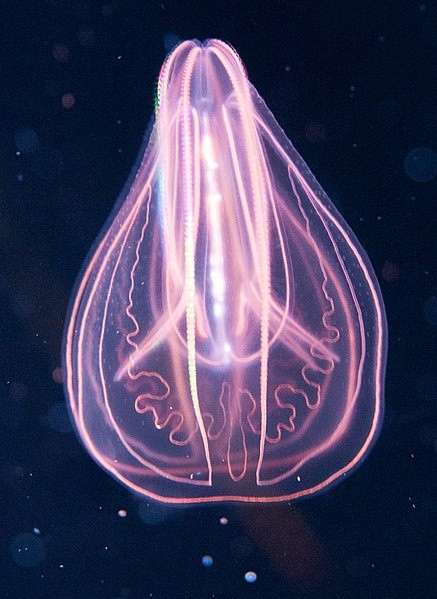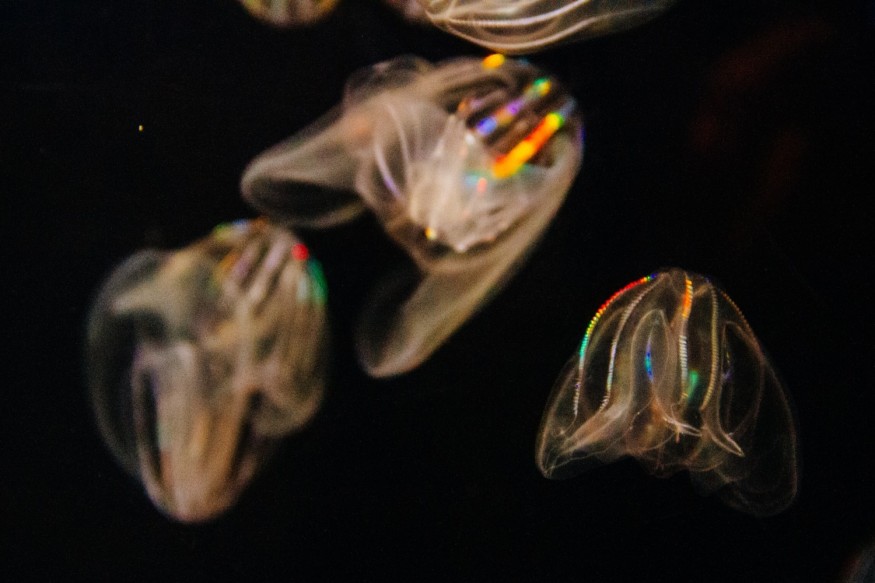A recent study of the neurons discovered in the oldest-diverging animal lineages reveals critical information regarding the structure of the most primitive nervous system and the origins of neurons.

Complex Cell Type
Perhaps the most complex cell type ever developed are neurons, the specialized nervous system cells. These cells can process and send enormous amounts of information to humans. However, the origin of such complex cells is still a subject of much discussion.
Japanese researchers have now identified the kind of messengers-molecules that transmit messages from one cell to another-that probably operated in the first nervous system.
The research, published on August 8 in Nature Ecology and Evolution, highlighted key similarities between the nervous systems of two early-diverging animal lineages, the jellyfish and anemones (also known as cnidarians) and the comb jellies (also known as ctenophores). This rekindled the idea that neurons only underwent a single evolutionary change.
Not Clear Cut
Despite being portrayed as straightforward, extinct animals' neural systems are mostly unknown. Only the comb jellies, the first ancient lineage to divide, and cnidarians, the last ancient lineage to diverge, are known to have neurons. Four animal lineages split off before the emergence of more sophisticated species. However, other researchers theorized that neurons developed twice due to the peculiarity of the comb jellyfish nervous system compared to those of cnidarians and more sophisticated animals, as well as the absence of neurons in the two lineages separated in between.
Under Scrutiny

The head researcher did not persuade Professor Watanabe of the Evolutionary Neurobiology Unit of the Okinawa Institute of Science and Technology (OIST).
He claimed that comb jelly lacks several of the brain proteins seen in more advanced animal lineages. But in my opinion, the absence of these proteins is insufficient proof of two distinct neuronal origins.
Prof. Watanabe's research centered on a long-lived, diversified set of brain messengers. These tiny peptide chains, known as neuropeptides, are first created as a long peptide chain in neurons before being split up into many short peptides by stomach enzymes. They play a part in neuronal communication in humans and other sophisticated creatures and are the main type of messenger found in cnidarians.
However, prior studies that looked for comparable neuropeptides in comb jellies were ineffective. According to Prof. Watanabe, the primary issue is that since the mature short peptides are only represented by brief DNA sequences and regularly undergo mutation in these old lineages, DNA comparisons are too challenging. Artificial intelligence has found potential peptides, although they haven't been tested in experiments.
Therefore, the study team led by Prof. Watanabe took a fresh approach to the issue. They employed mass spectrometry to look for short peptides after peptides were isolated from sponges, cnidarians, and comb jellies. The group identified the amino acid sequences of 28 small peptides in comb jellies and cnidarians.
Identifying Cells
Knowing their structures, the researchers could identify the cells in which both cnidarians and comb jellies' short peptides were made by observing them under a fluorescent microscope.
They discovered that one kind of neuropeptide-expressing cell in comb jellies resembled conventional neurons in appearance and had thin extensions known as neurites protruding from the cell.
But a different kind of cell that lacked neurites also generated the brief peptides. These cells may be an early form of neuroendocrine cells, which receive signals from neurons and subsequently release messages to other bodily parts like hormones.
The researchers also compared the genes expressed in cnidarian and comb jelly neurons. They discovered that both neurons produced a comparable range of additional proteins necessary for neuronal function in addition to sharing a few short neuropeptides in common.
According to Prof. Watanabe, comb jelly neurons have a similar "genetic signature," indicating that these neurons have the exact evolutionary origin. "We already know that cnidarian peptide-expressing neurons are analogous to those identified in more sophisticated species. In other words, neurons most likely only underwent one evolutionary change.
This indicates that peptide-expressing neurons are likely the most primitive kind of neurons, with chemical neurotransmitters emerging later, explained Prof. Watanabe. These discoveries advance fresh, intriguing questions for Prof. Watanabe's study.
Better Understanding
Now that we have a better understanding of what the first neurons looked like, a study into their original purpose may begin. If this is accurate, I'm curious to know where the peptide-expressing neurons came from and why the ancestral animal needed to evolve neurons.
For more biology news, don't forget to follow Nature World News!
© 2026 NatureWorldNews.com All rights reserved. Do not reproduce without permission.





